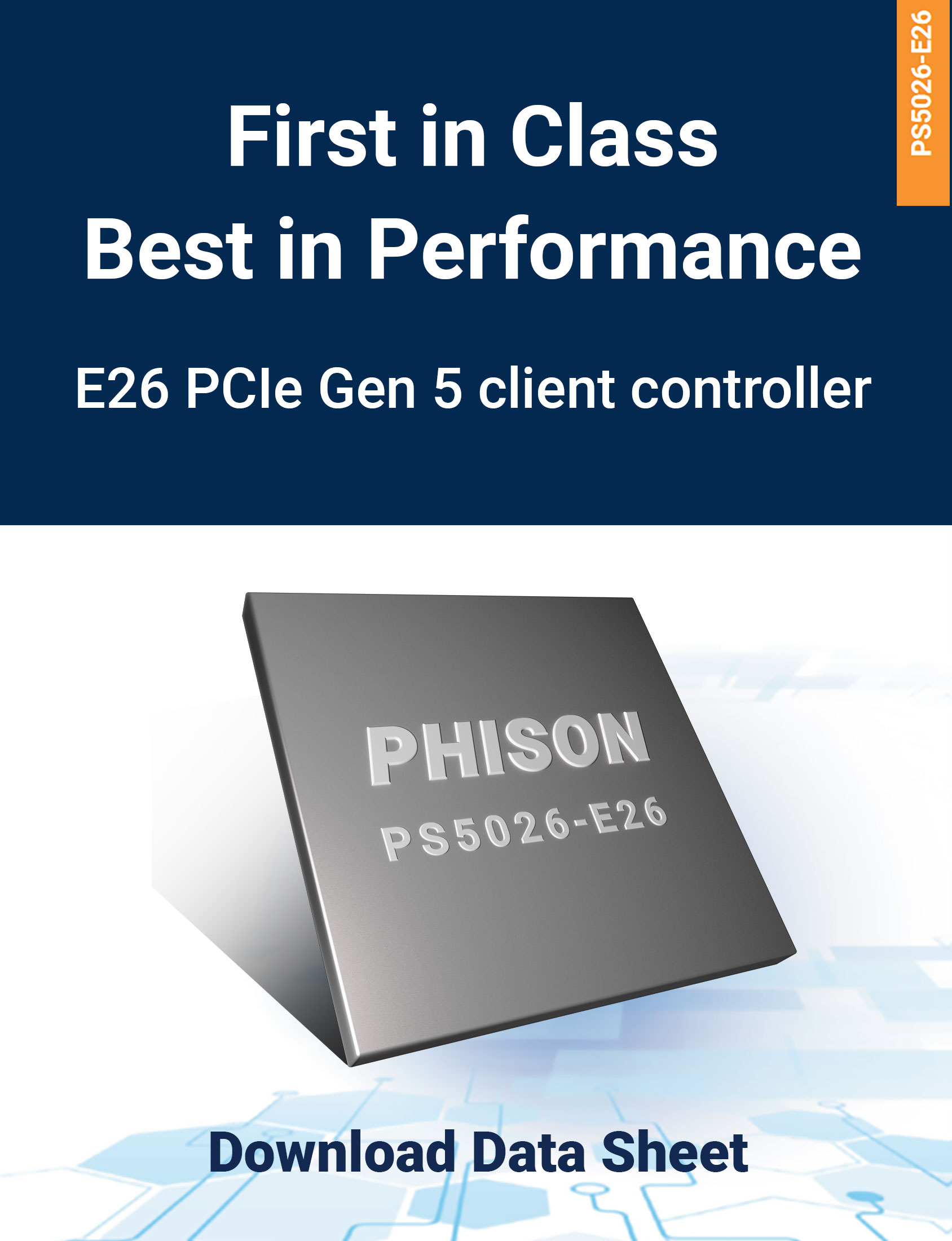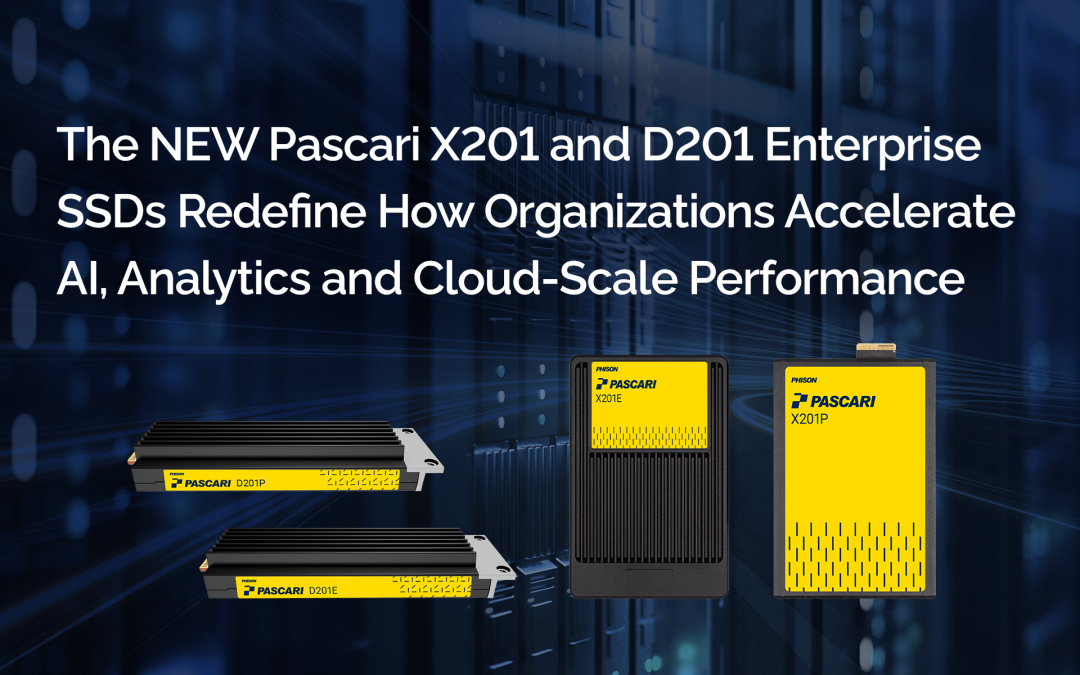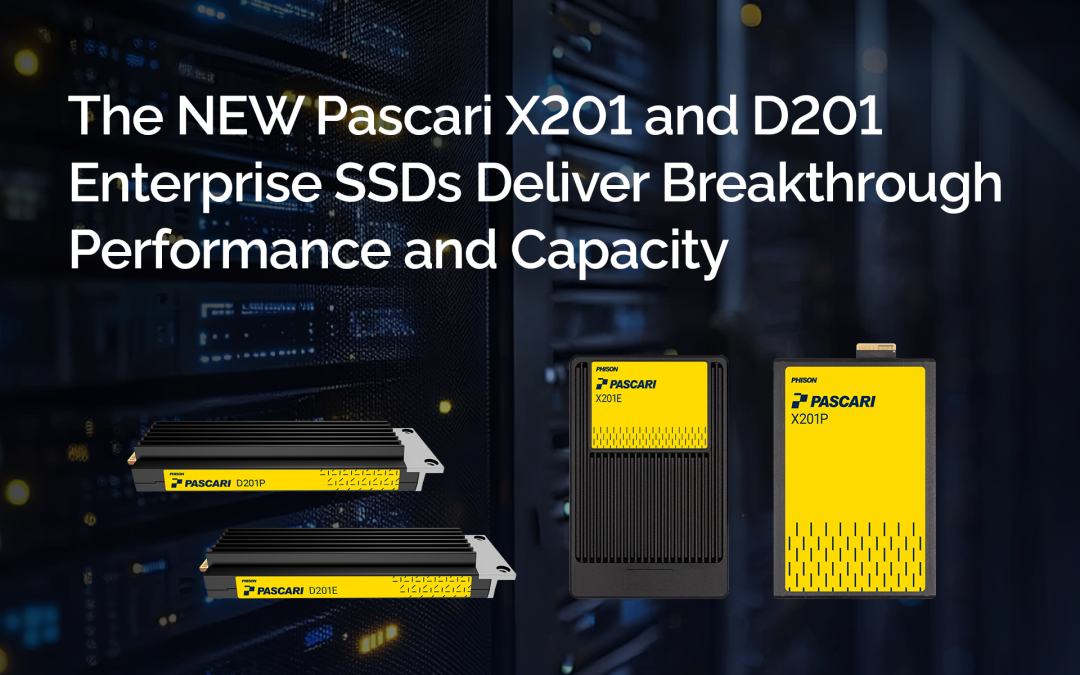As the development of intelligent vehicles accelerates, in-vehicle electronic systems are undergoing a fundamental architectural transformation. ADAS (advanced driver assistance systems) and digital cockpit functions, traditionally processed by independent computing platforms, are now rapidly entering a new stage of consolidation enabled by high-performance systems-on-chip (SoCs) and centralized electronic/electrical (E/E) architectures.
Among these developments, the design philosophy of “one box /one board/one chip” has emerged as a key indicator of cockpit-ADAS integration:
-
-
- One box: Physical integration of ADAS and cockpit control modules into a single hardware enclosure
- One board: Functional consolidation onto a single PCB for system simplification
- One chip: Both ADAS and cockpit workloads run on a single SoC for the ultimate integration
-
2024 is widely considered a pivotal year, in which one-chip architectures moved from concept validation to volume deployment, with major OEMs and Tier 1 manufacturers actively developing corresponding platforms.
System evolution and SoC competition
To meet the growing demands of cockpit-ADAS integration, major global SoC vendors have introduced solutions designed for centralized vehicle compute. Representative high-performance SoCs include Qualcomm Snapdragon Ride Flex, NVIDIA DRIVE Thor, SemiDrive X10, and Black Sesame C1200. These platforms support heterogeneous multicore compute, AI acceleration, functional safety isolation and virtualization—and are now being deployed in mid- to high-end intelligent vehicles.
Phison has been deeply involved in the storage subsystem design of these fusion platforms, collaborating with leading Tier 1s and SoC providers to define specifications and implementation. We help build high-performance, reliable and redundancy-capable storage systems to support the growing data flows and safety requirements of domain-fused architectures.
Centralized architecture drives NAND storage upgrade
As centralized compute architectures become more prevalent, one common question arises: Will system integration reduce the demand of storage devices? Phison’s practical experience suggests otherwise. Centralization has not reduced storage demand—it has actually increased the reliance on high-capacity, high-bandwidth NAND storage.
This is driven by several factors:
-
-
- Higher task density post-integration increases the demand for real-time data caching and processing efficiency.
- The combined needs of sensor data, AI inference, cockpit graphics rendering and UI responsiveness put greater strain on storage I/O.
- OTA updates, software-defined-vehicle (SDV) frameworks and deployment of new applications require stable, local, high-throughput storage.
- For reliability and safety, some OEMs have implemented dual NAND storage configurations for redundancy and domain-level separation.
-
Phison has observed a clear trend: Vehicle storage capacity requirements have grown rapidly from 16 GB to 64 GB to 128 GB and even 512 GB. Interface technologies are transitioning from eMMC to PCIe Gen4 and UFS 3.x, with UFS 4.x entering the market soon. All solutions must comply with stringent automotive standards such as AEC-Q100, ASPICE and ISO 26262 to ensure long-term reliability and data integrity.
Technical challenges and cross-domain collaboration
While integrated architectures offer benefits in efficiency and user experience, they also introduce significant challenges:
-
-
- ADAS and cockpit systems differ vastly in safety levels (ASIL, for example) and real-time requirements, necessitating the use of virtualization and isolation mechanisms.
- Multi-OS environments, SDV platforms and hypervisor layers put greater pressure on storage performance and stability.
- Integrated designs must balance power consumption, thermal performance, reliability and BOM cost.
- OEMs and Tier 1s must break down traditional development silos, enabling cross-functional collaboration between ADAS, infotainment and E/E architecture teams.
-
It’s worth noting that while cockpit-ADAS integration is becoming common in mid-tier vehicles, makers of high-end ADAS systems still favor a separated architecture. These platforms typically run on dedicated SoCs to maximize safety, performance and functional isolation. As a result, the demand for flexible, scalable NAND storage configurations remains strong across diverse architecture design.
Phison continues to deepen joint validation efforts with ecosystem partners and offers a range of high-reliability NAND storage solutions—including eMMC, UFS and PCIe SSDs—tailored to centralized compute environments in next-generation automotive platforms.
In the era of architecture fusion, NAND storage is more critical than ever
The consolidation of ADAS and cockpit marks a decisive shift toward centralized compute and software-defined vehicles. Regardless of the system architecture, the growing complexity and data intensity of in-vehicle functions make high-capacity, high-performance NAND storage indispensable.
Phison has long been committed to the automotive sector, with full-stack capabilities spanning controller development, firmware optimization, automotive qualification and customer-specific co-design. Our product lineup supports eMMC, UFS, PCIe Gen4 SSD, SD card, USB drive, and PCIe repeater and has passed AEC-Q100, ISO 26262 and other key certifications. We are trusted by leading Tier 1s and global OEMs.
As the industry embraces centralized, intelligent and software-driven mobility, Phison will continue delivering secure, reliable and high-performance storage solutions—serving as a key enabler in the evolution of automotive compute platforms.
Frequently Asked Questions (FAQ) :
Does consolidating ADAS and cockpit reduce storage needs?
No. Centralization increases dependence on high capacity, high bandwidth NAND due to higher task density, heavier mixed I/O including sensors, AI inference, graphics, UI, SDV and OTA traffic, and redundancy requirements.
How are in vehicle storage capacities evolving?
Phison observes rapid growth from 16 GB to 64 GB to 128 GB and up to 512 GB, with interfaces moving from eMMC to PCIe Gen4 and UFS 3.x. UFS 4.x is entering the market. Solutions must meet AEC Q100, ASPICE, and ISO 26262.
What role does Phison play in fusion platforms?
Phison co designs the storage subsystem with Tier 1s and SoC providers, defining specifications, validating reliability and redundancy, and delivering eMMC, UFS, and PCIe SSD options tailored to centralized compute.
What does it mean to combine ADAS and the digital cockpit?
It means bringing together safety features like lane-keeping and adaptive cruise control (ADAS) with in-car displays, entertainment, and controls (cockpit) so they work on the same computer system.
How do software updates work in these systems?
Cars can get over-the-air (OTA) updates, downloading new features or fixes directly without a visit to the dealership.
What role does Phison play in this change?
Phison works with car makers and tech companies to design the storage parts of these systems so they are fast, reliable, and meet strict automotive safety standards.











